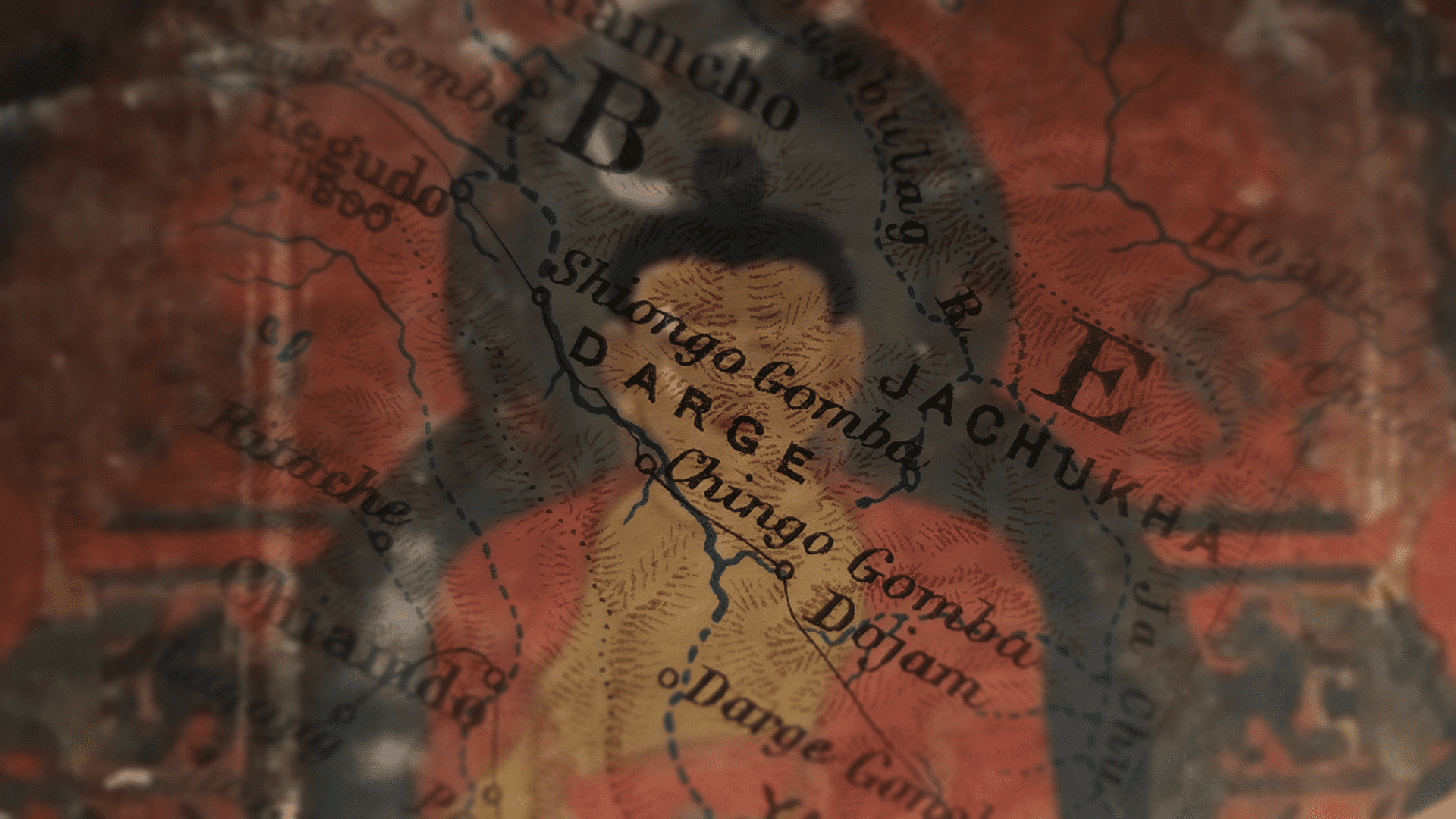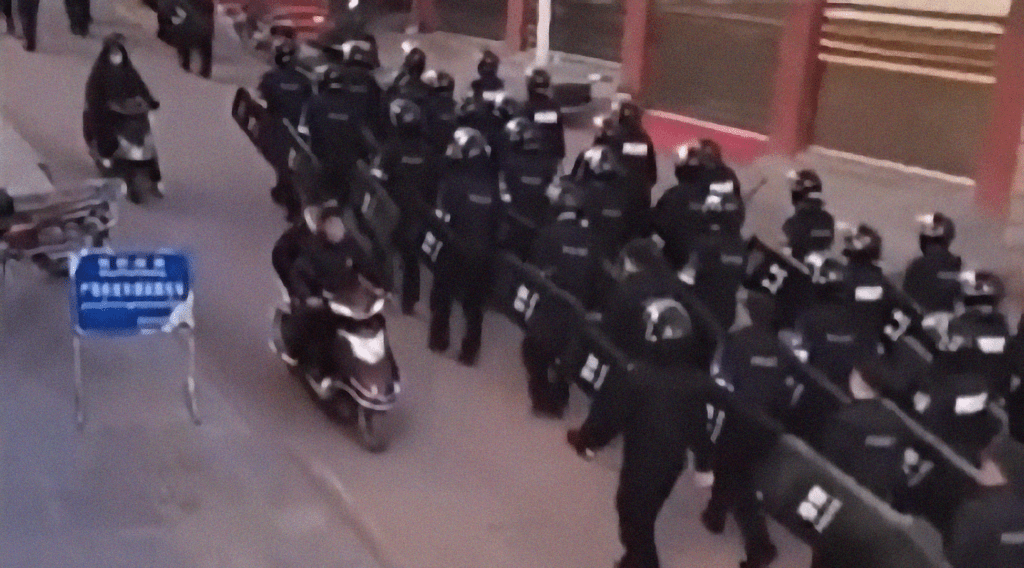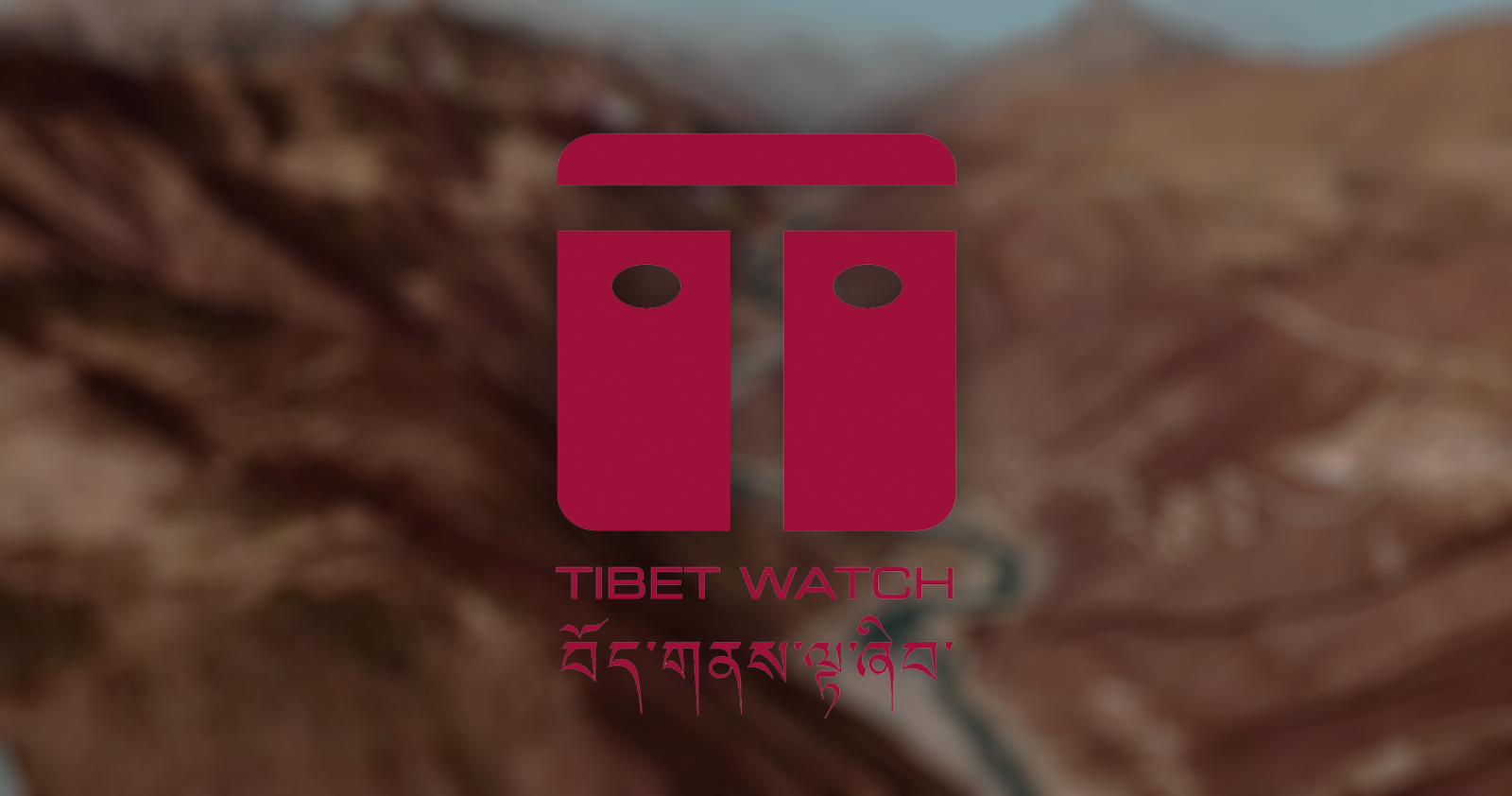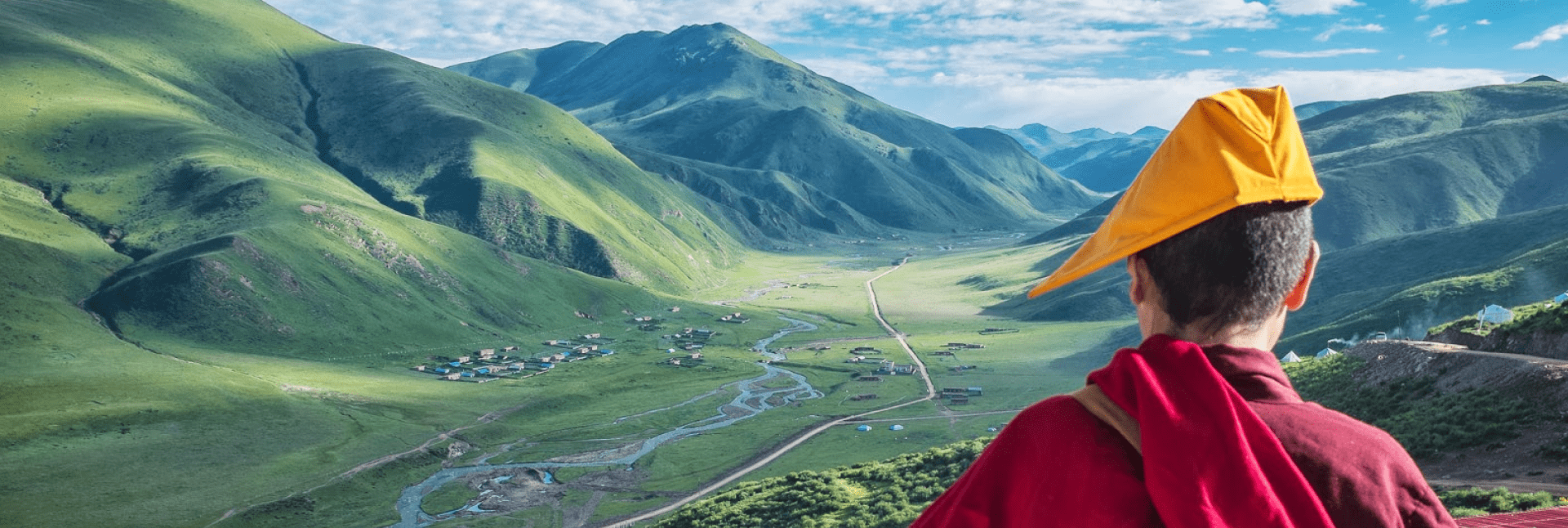
Report Summary & Recommendations
Rare protests against the construction of a hydroelectric dam have been met with severe reprisals and military lockdown.


New report highlights the risks to Tibet and Asia of rampant dam construction.
China’s policy of constructing mega dams on Tibet’s rivers and extracting its resources risks social and environmental catastrophe in Tibet and throughout Asia.
This is according to a new report released today by Free Tibet’s research partner Tibet Watch and research organisation Turquoise Roof.
Occupying Tibet’s Rivers: China’s hydropower ‘battlefield’ in Tibet is being released on the three-month anniversary of rare, large-scale protests in Dege County in eastern Tibet in February 2024.
That month, despite the risks to their safety, hundreds of Tibetans protested against the planned Kamtok hydroelectric dam. If it proceeds, the dam threatens the mass displacement of local residents and the flooding of their homes. It also threatens at least six Tibetan Buddhist monasteries, some of which contain invaluable 14th century Buddhist frescoes that survived the Cultural Revolution but are now threatened with destruction.
In response to these protests, police detained hundreds of Tibetans and beat protesters so badly that they were hospitalised. The local area was subsequently put under lockdown with paramilitaries deployed and no further communications with the outside world possible. No photos or videos have emerged from the area since the end of February.

Screenshot image of People’s Armed Police arriving in Wonpotoe Township to impose military lockdown. Posted 28/02/24 on Tibet Times Youtube channel Image received from Tibet by exiled Tibetans.
The second part of the report details the wider context, noting that the huge Kamtok dam is itself only one of 13 dams planned on the upper reaches of the Drichu (Ch: Yangtse) River and that China is forcing through construction of dams on all of the rivers originating in Tibet. The dams are part of a long-term plan to provide key Chinese industrial hubs such as Chengdu and Chongqing with water and electricity at the expense of rural Tibetans, who have been forced from their pastures in their millions to make way for extraction and energy projects.
Eight of the world’s largest river systems flow from glaciers on the Tibetan plateau and are a critical resource for the densely populated nations surrounding it. This now faces a tipping point as what was once one of the most undisturbed environments on Earth is now strangled by dams and threatened by increased instances of landslides and food insecurity due to the mass displacement of rural Tibetans who have stewarded its pastures for generations.
For the first time, China’s dam-building is now reaching upriver to the sources of Asia’s great wild rivers in landscapes that were previously among the least disturbed habitats on earth. The planned Kamtok dam in the upper reaches of the Yangtze (Drichu in Tibetan risks a cascade of adverse consequences both on the plateau and downstream in China.
The policy of dam construction is being driven directly by the Chinese government and driven by giant Chinese Communist Party-controlled energy conglomerates, including Huaneng and Huadian. The report highlights that Huadian signed a cooperation agreement with German multinational company Siemens Energy in March 2024.
The report draws from a wealth of resources, including Tibetan sources, Chinese government announcements and procurement documents, satellite imagery and the knowledge of researcher and Tibetan environmental expert Gabriel Lafitte. It is accompanied by a 3D satellite map pinpointing key locations related to the Kamtok dam and the protests by the residents of Dege County.
Occupying Tibet’s Rivers concludes with a detailed series of recommendations to actors at every level from international governments and the United Nations to environmental and cultural rights groups, warning that due to China’s extractive policies, “lives, livelihoods and irreplaceable Buddhist culture and landscapes of Tibet hang precariously in the balance.”

Rare protests against the construction of a hydroelectric dam have been met with severe reprisals and military lockdown.

'Occupying Tibet's Rivers' is a groundbreaking report produced by our research partner Tibet Watch and Turquoise Roof. Read the full report on Tibet Watch's website.
